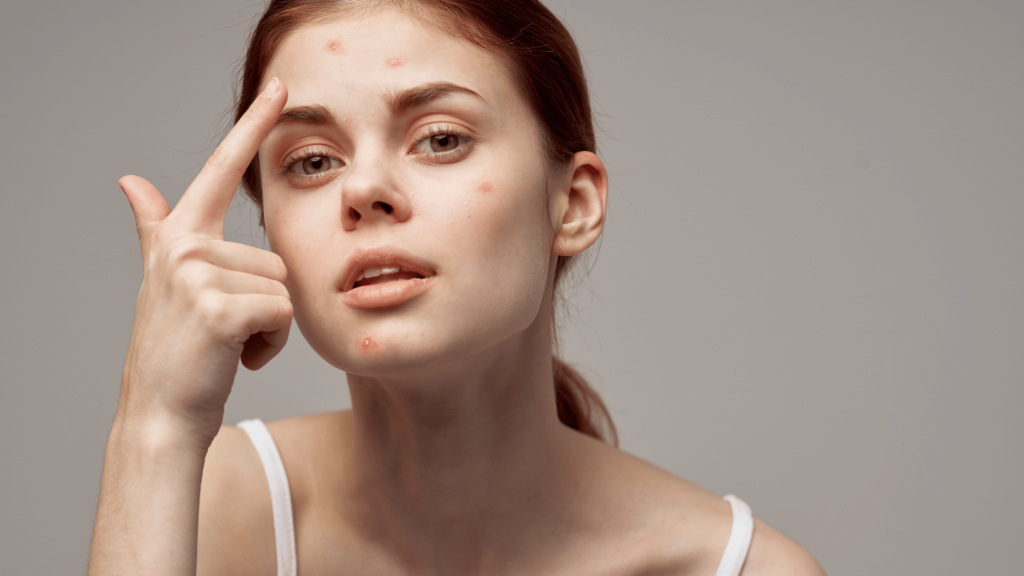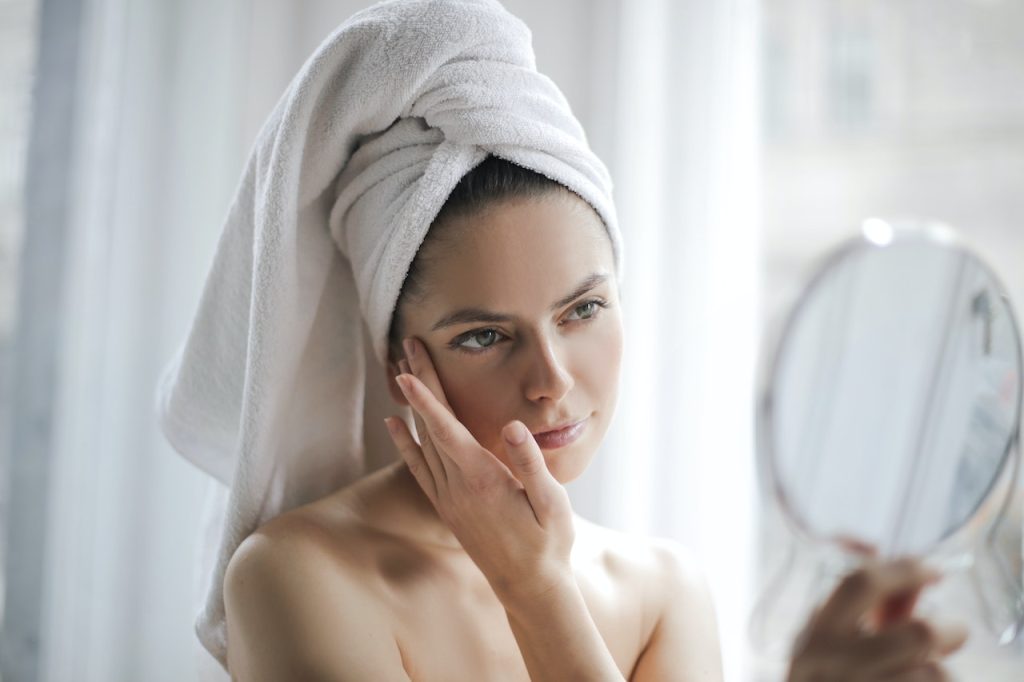
Acne can be a source of considerable distress, impacting not only skin health but also self-esteem. However, advancements in aesthetic medicine provide a wide range of effective treatments to combat acne. Let’s delve into some of these transformative aesthetic treatments:
Chemical Peels
Chemical peels are potent tools in the arsenal against acne. These treatments utilise acids to exfoliate the outer layer of the skin, unclogging pores and reducing inflammation. Depending on the severity of the acne, different strengths of peels are available, ranging from mild, such as salicylic or glycolic acid peels, to more robust options like trichloroacetic acid peels.
Microdermabrasion
Microdermabrasion is a non-invasive treatment that exfoliates the skin using tiny crystals. By removing the topmost layer of skin, it promotes new cell growth, unclogs pores, and aids in the absorption of topical acne treatments.
Laser and Light Treatments
Laser and light treatments can significantly reduce both active acne and scarring. Intense Pulsed Light (IPL) therapy targets the deeper layers of skin without affecting the top layer, reducing inflammation and destroying the bacteria that cause acne. Meanwhile, laser treatments like Fraxel can resurface the skin and promote collagen production, helping to reduce the appearance of acne scars.
Microneedling
Microneedling involves using tiny needles to puncture the skin, triggering the body’s healing response and stimulating collagen and elastin production. This can reduce the appearance of acne scars over time. When combined with platelet-rich plasma (PRP) therapy, it can accelerate healing and further enhance results.

Injectable Treatments
Certain injectable treatments can also be used to treat acne scars. Hyaluronic acid fillers can be injected into the skin to plump up pitted acne scars, providing immediate results. Meanwhile, corticosteroid injections can be used to reduce inflammation and flatten raised scars, known as hypertrophic or keloid scars.
Medical-Grade Skincare
In conjunction with in-clinic treatments, medical-grade skincare products can enhance results. These products, often containing active ingredients such as retinol, salicylic acid, or benzoyl peroxide, can reduce acne inflammation, unclog pores, and promote skin cell turnover. A professional aesthetician can tailor a skincare regimen to suit individual skin types and acne severity.
A Personalised Approach
The most effective approach to treating acne often involves a combination of treatments tailored to the individual’s skin type, acne severity, and personal preferences. This should be guided by a professional aesthetician or dermatologist who can assess the skin and recommend the most appropriate treatment plan.
While these aesthetic treatments can significantly improve acne, they’re not standalone solutions. They should be part of a comprehensive acne management plan, which may include lifestyle changes and possibly medical treatments. Always consult with a qualified healthcare provider to explore the best options for your skin.
In conclusion, advancements in aesthetic medicine provide effective solutions for those battling acne. By opting for professional aesthetic treatments, individuals can greatly improve their skin health and confidence. After all, everyone deserves to feel comfortable and beautiful in their own skin.










